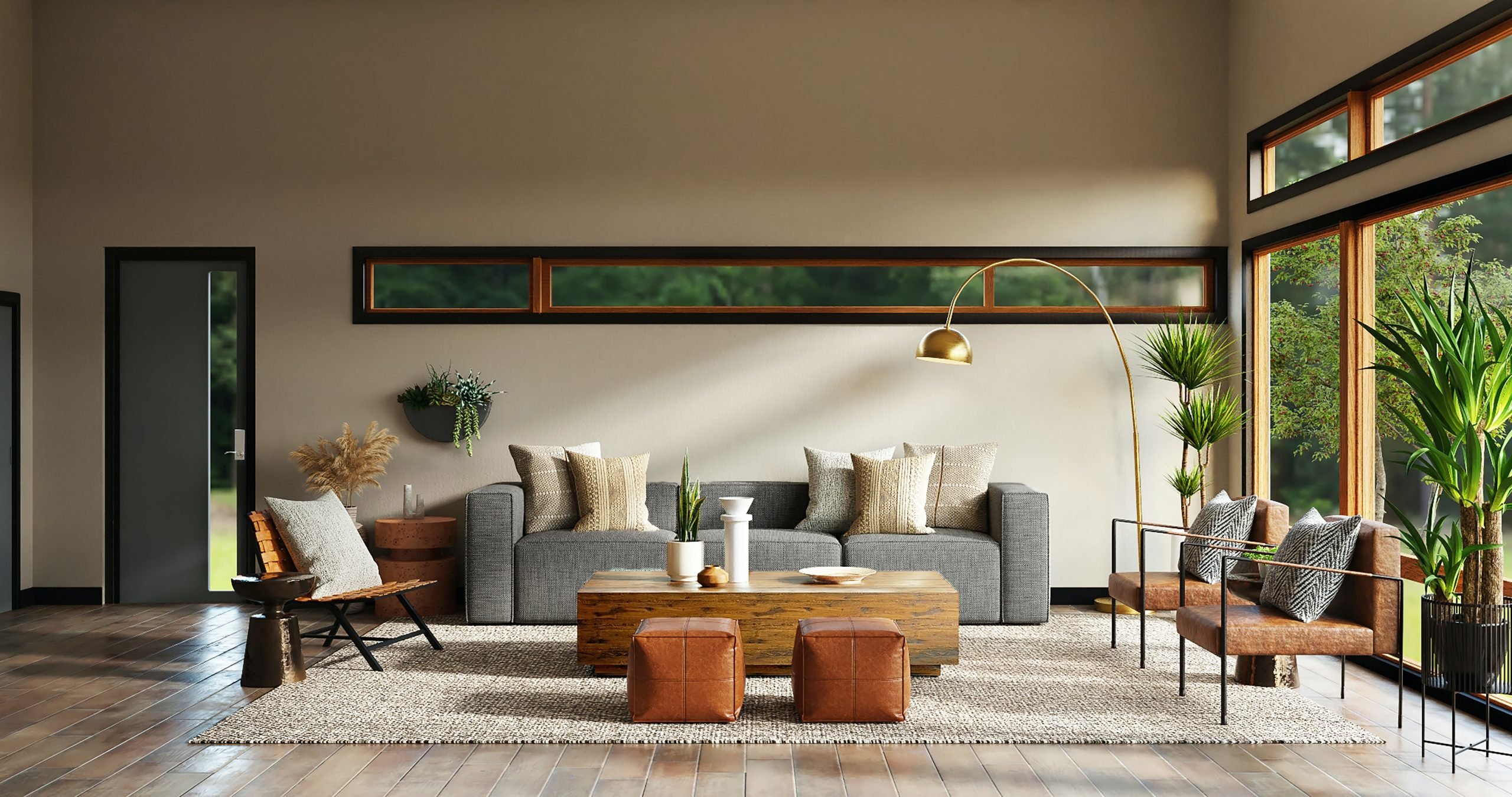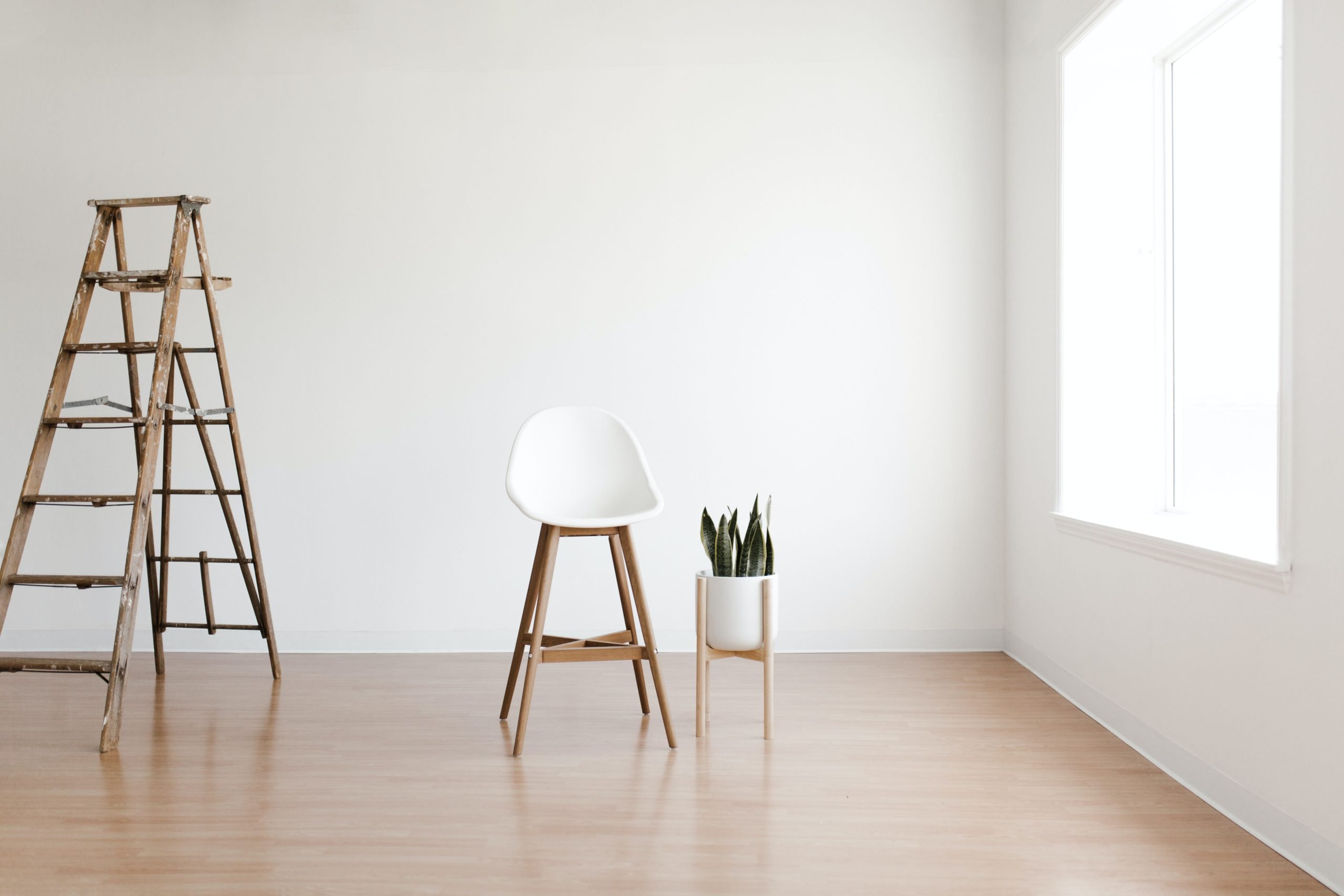Designing Success: How Higher Education Benefits Aspiring Interior Designers

Table of Contents
Embarking on a journey in interior design is not merely about cultivating a keen eye for aesthetics or developing a flair for room layouts. It’s a voyage that intertwines creativity with practicality and artistic vision with technical know-how.
For aspiring interior designers, higher education is a crucial stepping stone, laying down the foundational skills and knowledge needed in this dynamic field. In an era where personal spaces are increasingly valued, the role of an interior designer has evolved, becoming more significant than ever.
Navigating the realms of color theory, architectural history, and spatial arrangements, students in interior design programs gain an all-encompassing perspective.
These programs don’t just teach students how to create visually appealing spaces; they delve into the psychology of design, the importance of functionality, and the impact of sustainability. It’s a comprehensive education that transforms raw talent into refined skill, preparing students for the real-world challenges they will face.
In this transformational journey, support resources like a dissertation writing service can be invaluable. These services, when used judiciously, offer guidance and assistance in articulating complex design concepts, research methodologies, and theoretical frameworks.
They are not shortcuts but rather tools to enhance learning and comprehension, especially when grappling with the rigorous demands of academic writing in interior design. It balances independent creativity and available resources, ensuring a wholesome educational experience.
The Core Benefits of Higher Education in Interior Design
Technical Proficiency: Interior design courses provide hands-on experience with industry-standard software and tools. This technical training is vital, as the modern design landscape demands proficiency in digital tools alongside traditional sketching and drafting techniques.
Holistic Understanding: Students are exposed to various subjects ranging from art history to material science. This diverse curriculum ensures that graduates are well-rounded and capable of understanding design from multiple perspectives.
Professional Networking: Universities and colleges often have ties with industry professionals, offering students opportunities for internships and professional networking. These connections are invaluable for career building and staying updated with industry trends.
Portfolio Development: Academic projects and assignments allow students to build a robust portfolio, a key element for launching a successful career in interior design. These portfolios showcase students’ creativity, skill, and growth throughout their educational journey.
Critical Thinking and Problem Solving: Design education challenges students to think critically, encouraging them to find innovative solutions to design problems. This skill is crucial in the real world, where every project has unique challenges.
Understanding of Business and Marketing: Many programs incorporate business and marketing principles, essential for those aspiring to run their own design firms. This knowledge is crucial for navigating the competitive landscape of interior design.
The Role of Technology in Interior Design Education
The integration of technology in design education has been a game-changer. Virtual reality (VR) and augmented reality (AR) technologies, for instance, allow students to immerse themselves in their designs, providing a clearer understanding of spatial dynamics and design flow.
Software programs for 3D modeling and rendering help visualize and refine designs before they materialize, bridging the gap between concept and reality.
Social media platforms also play a significant role, serving as both a source of inspiration and a medium for showcasing work. The digital landscape offers many resources, from online tutorials to design blogs, keeping students informed and inspired.
Nurturing Creativity and Individuality
While technical skills and theoretical knowledge are vital, higher education in interior design also focuses on nurturing individual creativity. Each designer has a unique voice and style, and education helps hone and articulate this individuality. Through various projects, students are encouraged to experiment, take creative risks, and develop a personal design philosophy.
Critiques and feedback, integral to the design education process, foster a culture of constructive criticism and self-improvement. This not only enhances design skills but also prepares students for the collaborative and often critical nature of the industry.

The Importance of Sustainability in Interior Design
One of the most critical aspects that higher education in interior design addresses today is sustainability. As environmental concerns take center stage globally, interior designers are expected to be at the forefront of eco-friendly and sustainable practices.
Educational institutions are embedding this philosophy into their curriculum, teaching students how to make responsible choices in materials, construction methods, and energy use. This not only prepares students for a market that increasingly demands sustainable solutions but also instills a sense of responsibility towards the environment.
The Impact of Cultural and Global Influences
Interior design education also exposes students to diverse cultural and global influences, broadening their design perspectives. Understanding different architectural styles, design traditions, and art movements worldwide is crucial in an increasingly globalized society.
This exposure helps students develop designs that are culturally sensitive and globally appealing. It also encourages them to think beyond their local environment, preparing them for a career that could take them anywhere in the world.
The Personal Development Side of Interior Design Education
Besides the technical and creative aspects, interior design education significantly contributes to personal development. Students learn time management, project management, and collaborative skills as they work on projects and meet deadlines.
These skills are essential not only in their professional lives but also in personal development, teaching them discipline, organization, and the ability to work effectively with others.
Adapting to Changing Trends and Technologies
The field of interior design is ever-evolving, with new trends and technologies constantly emerging. Higher education equips students with the ability to adapt to these changes, ensuring they remain relevant in their careers.
Keeping up with trends like minimalism, maximalism, smart homes, and biophilic design is part of the learning process. Understanding how to integrate new technologies, such as smart home automation or sustainable building materials, also forms a crucial part of their education.
Final Thoughts
For those aspiring to a career in interior design, higher education offers a rich, multi-faceted experience that goes beyond the acquisition of skills. It’s a journey of personal and professional growth, a period of exploration and discovery.
The path isn’t always straightforward; it demands dedication, passion, and an openness to learning. But for those willing to embrace the challenge, the rewards are immeasurable.
In a world where design shapes how we live and interact with our spaces, the role of the interior designer becomes increasingly vital. Through higher education, aspiring designers are equipped not just to participate in this world but to innovate and lead, crafting spaces that resonate with beauty, functionality, and meaning.



